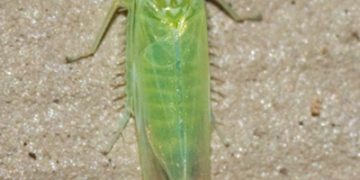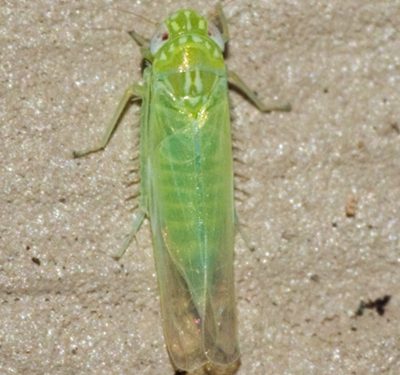The potato leafhopper (Empoasca fabae) is a small but mighty pest that can wreak havoc on potato crops. These insects feed on plant sap, leading to stunted growth, leaf curling, and even plant death. In this article, we will explore the latest research on the potato leafhopper and provide strategies for farmers to control and prevent infestations.
The potato leafhopper is native to North America and is a significant threat to potato crops in the United States. According to the University of Maine Cooperative Extension, an infestation of just 20 leafhoppers per sweep can cause a 10% yield loss in potatoes. In addition to potatoes, the leafhopper can also affect other crops, such as beans, beets, and apples.
One of the most effective ways to prevent potato leafhopper infestations is to plant resistant potato varieties. Researchers at the University of Wisconsin-Madison have identified several potato varieties that are resistant to the pest, including Pike, Tundra, and Castille. Crop rotation can also help reduce the risk of infestations, as the leafhoppers prefer to lay their eggs in young potato plants.
If an infestation occurs, farmers can use insecticides to control the population. However, it is essential to use these chemicals judiciously, as overuse can lead to resistance and harm beneficial insects. Other strategies include using reflective mulch to repel the insects and monitoring for early signs of infestations.
In conclusion, the potato leafhopper is a significant threat to potato crops, but there are strategies that farmers can use to control and prevent infestations. By planting resistant varieties, practicing crop rotation, and using insecticides judiciously, farmers can protect their crops and reduce the risk of yield losses.
#PotatoLeafhopper #PotatoCrops #IntegratedPestManagement #ResistantVarieties #CropRotation #Insecticides #ReflectiveMulch #Farmers #Agronomists #CropProtection #YieldLoss #Beans #Beets #Apples
































